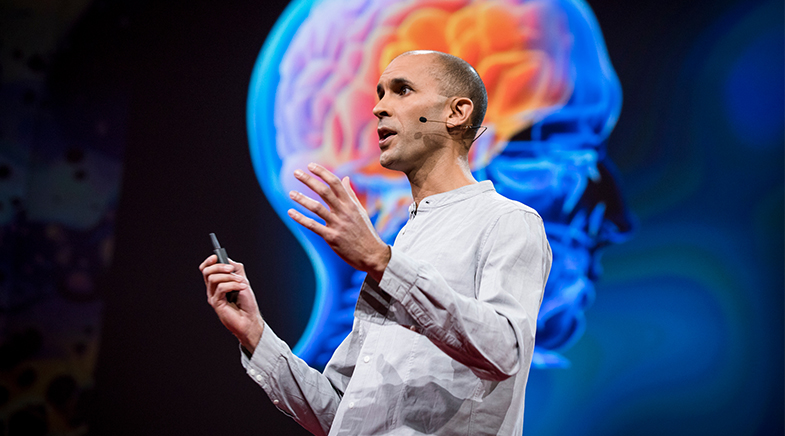'Consciousness is THE central phenomenon of our brains'
-
- from Shaastra :: vol 01 issue 05 :: Sep - Oct 2022

Cognitive neuroscientist Anil Seth on his channelling of science to answer some foundational questions that border on philosophy.
Cognitive neuroscientist Anil Seth's field of expertise is the neuroscience of consciousness. A Cognitive and Computational Neuroscience Professor at the University of Sussex and Co-Director of the Canadian Institute for Advanced Research Program on Brain, Mind and Consciousness, he has also won an Advanced Investigator grant from the European Research Council for his research. The author of Being You: A New Science of Consciousness tells Shaastra magazine about the new, evolving science of consciousness and how neuroscience intersects with other fields. Excerpts:
What tools and techniques do you use in your laboratory and how do you leverage them for a better understanding of the neuroscience of consciousness?
My main interest is in the brain basis of consciousness. We are trying to answer a number of questions, including: how is it that we are conscious at all, as in the differences between anaesthesia, sleep and a normal waking state. And then: how do we understand what we are conscious of, when we are conscious? Research into consciousness is very interdisciplinary. So, in my research group, we bring together different tools and techniques. We use virtual reality (VR) to provide subjects with a richer immersive space of experiences. We are also doing experiments using VR to understand experience of 'free will'.
We also use mathematics, computational modelling and statistics. For example, we have been using methods from information theory to look at what happens in the brain when either you lose consciousness in sleep or in anaesthesia, or when you're under the influence of psychedelic drugs. We found that when you lose consciousness, areas in the brain speak less to each other than they do in a normal conscious waking state. We're also using computational modelling to try to understand the differences between different kinds of visual hallucinations.
So, we are using these kinds of technologies to address questions that seem very philosophical and seem otherwise difficult to approach through experiments.
How have the approaches to studying the brain changed in your two decades in the field?
In my area of research in consciousness, we still use some of the same basic methods that have been in play for over 100 years, such as controlled experiments where we ask people to report what they experience. Psychophysics has been around since the 19ᵗʰ century; brain imaging has been around in one form or another for quite a while. What has changed now is how different disciplines are working together in addressing these questions such as consciousness, which don't fall neatly only within neuroscience, or only within psychology. People are bringing together physics, psychology, neuroscience, philosophy, the arts, spiritual, meditative and even religious ideas to address these fundamental questions.
In two decades, studying consciousness specifically has gone from pretty disreputable to being again one of the central questions in the mind and brain sciences. So there's now recognition that, indeed, consciousness is a central phenomenon — if not the central phenomenon — of our brains. It's also central to our lives. If we weren't conscious, nothing would matter. What's more, understanding consciousness also has practical significance in psychiatry, neurology and in technology.
PAST ISSUES - Free to Read


Have a
story idea?
Tell us.
Do you have a recent research paper or an idea for a science/technology-themed article that you'd like to tell us about?
GET IN TOUCH














